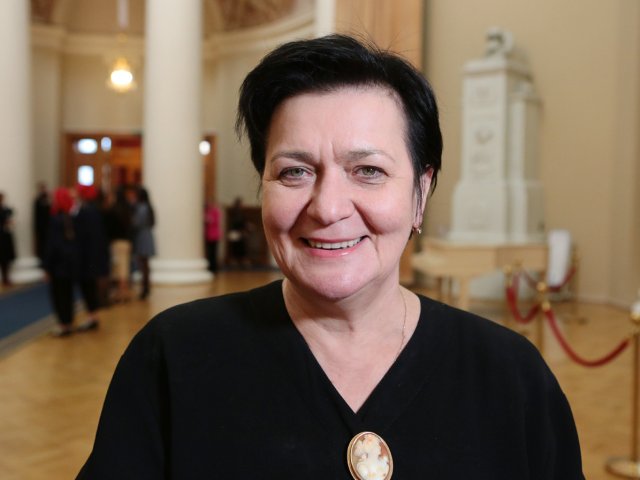On October 25, 1855, Ivan Vladimirovich Michurin, a Russian biologist, breeder, and academician, was born
The usual harvest of autumn apples, summer pears, and plums did not always exist in the conditions of Central Russia. All this is the merit of an outstanding Russian scientist, breeder, and botanist Ivan Michurin.
Ivan Vladimirovich lived for 80 years and created more than 300 varieties of fruit and berry crops as well as many flowers. He loved roses most of all. Thanks to the scientist, the following new varieties appeared: Knyaz Varyagov, Knyaz Rurik, Neptune, Tserera, Tsaritsa Sveta, and others.
However, Michurin’s path to science did not start with enrollment to university or writing his first scientific papers as a student. At the age of 17, Michurin worked as a railway clerk in the city of Kozlov. It was hard, but the future scientist coped with it and two years later became an assistant station chief. Then he got married, and a year later he found an empty manor with an abandoned garden and decided to rent it. His activity in breeding started from that moment: Ivan Vladimirovich collected fruit trees and shrubs in neighboring areas. The biologist began to study plants, and soon his collection numbered more than 600 types. At the same time, some of them were created by the scientist’s successful experiments in crossbreeding.
Michurin had been developing this science all his life and popularized it in every possible way in Russia: he would write articles in journals, promote progressive ideas and more than once addressed proposals to the Department of Land Ownership. His memos remained unanswered at home, but abroad his works were popular and for a reason: Ivan Michurin, for the first time in the history of fruit growing, created winter-hardy varieties of cherries, almonds, grapes, tobacco, oil roses, and other crops. Such varieties were not afraid of winter frosts, pests and brought a rich harvest.
The US Department of Agriculture offered the scientist a relocation and many attractive conditions: a laboratory, high salary, and even a steamer to take out his entire garden. But the biologist refused with explanation: “Adult plants do not take root well in another place, and people even less so.”
Ivan Vladimirovich received support and recognition only in his later years. In 1917, the Soviet authorities offered him cooperation. On behalf of Vladimir Lenin, the People’s Commissar of Agriculture, Semyon Sereda studied the scientific works of the horticulturist. Later, the Council of People’s Commissars of the RSFSR recognized Michurin’s nursery as an institution of state significance. And only at this time, Ivan Vladimirovich received state support.
In June 1931, Ivan Michurin was awarded the Honorary Order of Lenin, and in 1932 the city of Kozlov was renamed Michurinsk. Since then, the city has been considered the all-Russian center of horticulture. Not only many fruit nurseries and fruit farms appeared there, but also the Michurinsk State Agrarian University and the All-Russian Scientific Research Institute of Horticulture, named after the great scientist.
Photo on the page: velikij-sadovod
Photo on the main page: semyaivera.ru























